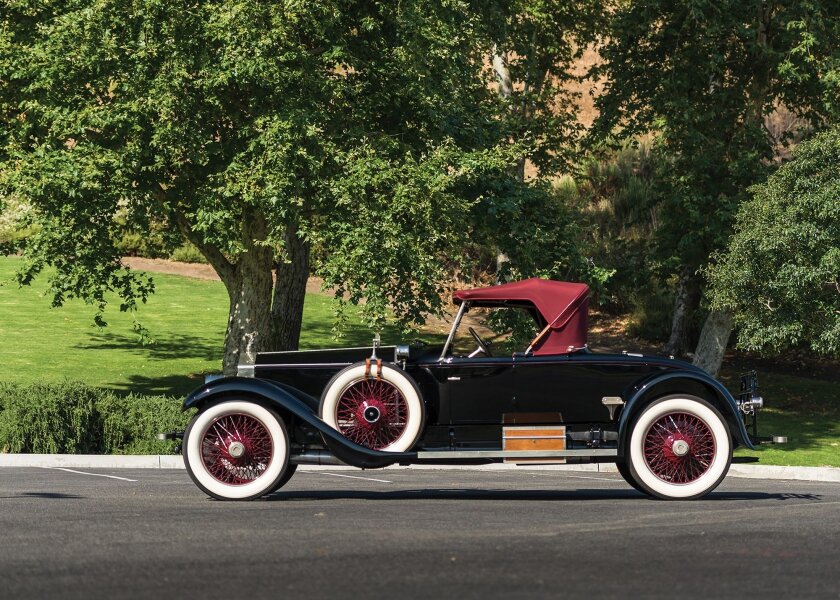1923 Franklin Series 10 Touring
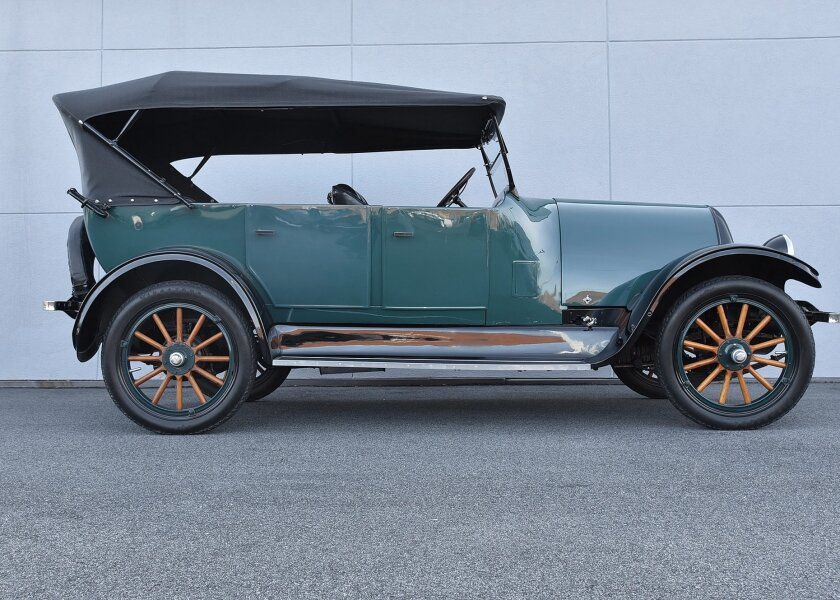

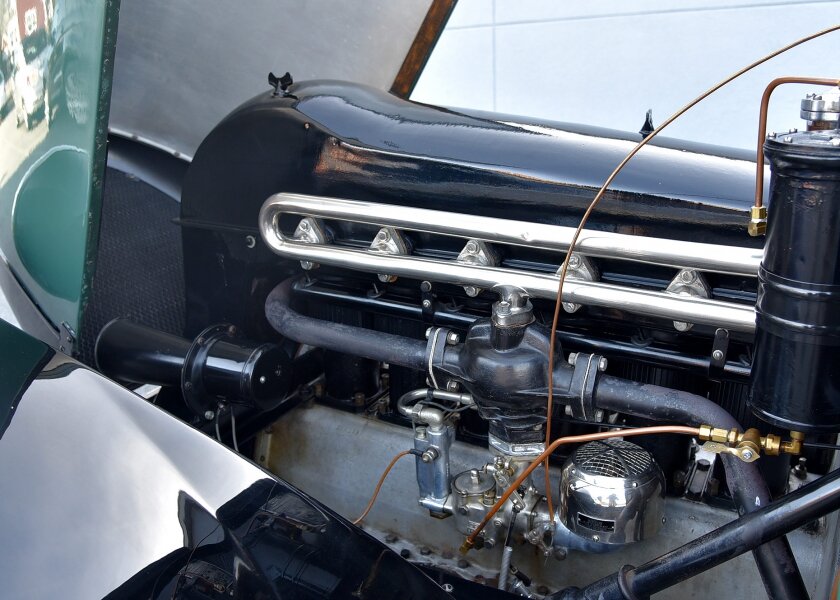
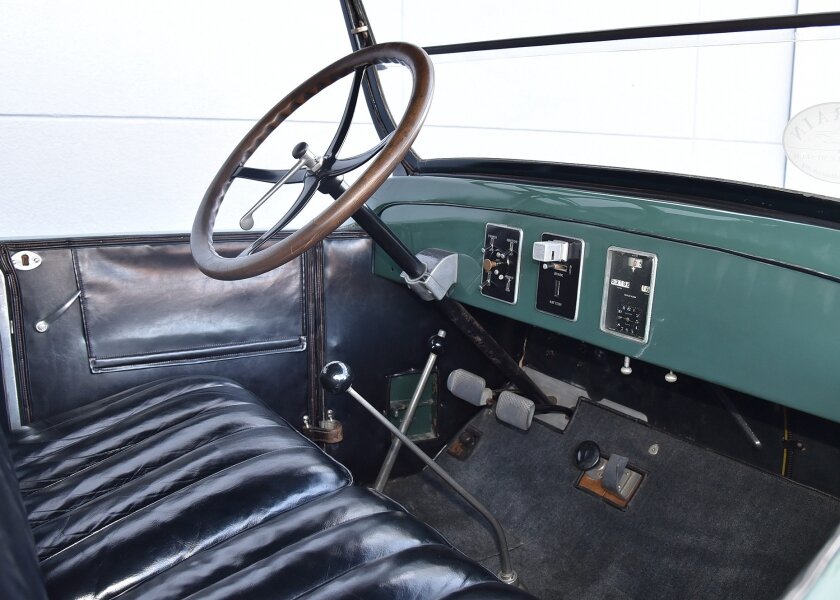

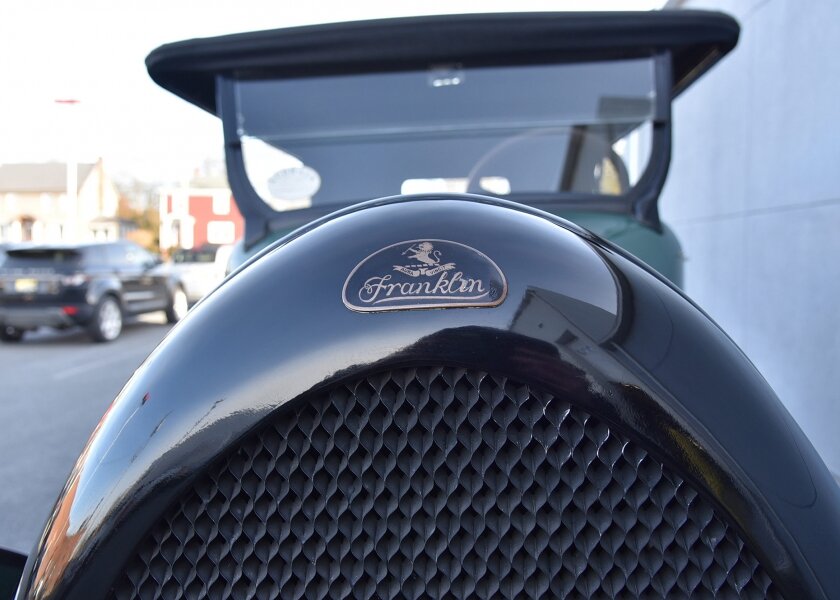
Specifications
Engine: 199 CI Inline Six Cylinder, Air Cooled
Horsepower: 25
Transmission: Three Speed Manual
Highly regarded for comfort, durability and technical innovation, Franklin was established in 1901 by John Wilkinson, a Cornell-educated engineer. Franklin gained fame as America’s longest-running producer of air-cooled automobiles, and was also an early champion of the use of lightweight aluminum.
Franklin was a truly innovative automobile manufacturer. The company initiated a strong advertising campaign that promoted their high quality and lightweight vehicles. Their engineering was progressive and introduced many new features. Wilkinson used a wooden frame constructed of three-ply laminated ash. The benefits were two-fold; decreasing the weight of the vehicle and providing a better material to absorb shocks.
Franklin employed other advanced technologies including an electric starter, electric choke, and a single unit which housed the speedometer, odometer, and time piece. Consequently, it was difficult for the company to maintain large profit margins – there were simply cheaper and easier ways to produce automobiles and Franklin chose the more advanced, innovative methods. While the cars were ranked among the industry’s top products and in some years more than half the sales were to previous Franklin owners, on top of major economic forces there were difficulties from within the firm itself. In Sinclair Powell’s book, The Franklin Automobile Company, he listed five major reasons the company folded in 1934:
Profit per vehicle was enough to pay a proper dividend in only one year, 1925.
Franklin held on to its “craft shop” approach whereas Packard and Cadillac moved on without any loss of quality.
Franklin went on making many components when they might have been bought in at a much lower cost.
Walker Body Company was chosen to supply aluminum bodies of high quality when (heavier) steel bodies were available at relatively low cost.
Franklin dealers might be in insignificant locations and in any case did not occupy the imposing establishments of Packard and Cadillac dealers.
The Series 10 on display was equipped with Franklin’s renowned 25 hp, air-cooled inline six-cylinder engine, mated to a three-speed manual transmission, a car that was years ahead of its competitors regarding its design. In 1924, John Wilkinson left the company. The designs of the vehicle dramatically changed over the next few years, mainly in response to criticism from dealers. The most visual of these design changes was the radiators which became more conventional in design. The car here was produced just before their design shift, and it has aged wonderfully, though at the time, buyers and dealers were not fans because the car did not resemble what was popular at the time. People were interested in cars that traditionally looked more like the horseless carriages of previous years, when the Franklins took a step into the future and created something different, something that more resembled cars from the 1930’s. The problem ultimately was that Franklins may have been too advanced for their own good.











